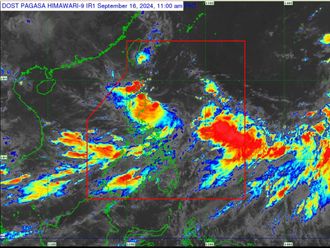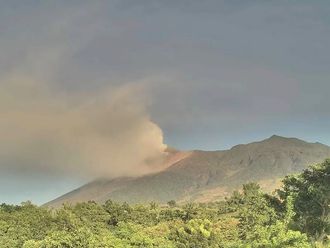Manila: Amid the backdrop of power shortages that continue to plague the country, nuclear power is now being looked at as the ultimate solution to the country's power woes.
Gilberto "Gibo" Teodoro, former defence chief, said the establishment of a nuclear power plant on the southern main island of Mindanao should be looked at as a long-term programme to prevent a recurring energy crisis.
"We have to discover and try to explore all options to include, wherever and whenever safe and feasible, the possible establishment of a nuclear power plant, particularly in southern Philippines," he said.
Teodoro, who is running for president under President Gloria Arroyo's Lakas-Kampi-Christian Muslim Democrats Party (CMD), emphasised nuclear power's viability as a safe energy source.
While he proposed the establishment of a nuclear power plant in Mindanao, he did not support plans to put on line the Bataan Nuclear Power Plant (BNPP).
The BNPP was supposed to be the first nuclear plant in the country but it was mothballed by the government of President Corazon Aquino following the 1986 EDSA People Power Revolt due to safety considerations.
The $2.3 billion (Dh8.44 billion) nuclear plant, located some 100 kilometres west of Manila, was never put into operation.
"We need to also really implement the sustainable and renewable energy roadmap for indigenous and renewable sources of energy to avert a future power crisis in Mindanao and the rest of the country," he said.
There are also geothermal sources of energy that the country can tap to ensure a stable power supply in the years to come, he added.
Since the onset of March, the start of the summer season in the Philippines, much of Mindanao has been plunged in darkness as power utility firms stretch their resources to cope with the power demand.
Some hydroelectric plants were forced to completely shut down operations as water was in short supply. The lack of water in the dams has been compounded by a dry weather spell.
Much of southern Philippines' power is sourced from hydroelectric dams.
To partly ease the power-generation deficit, utilities have been forced to adopt daily brownout schedules.
In some parts of Mindanao, daily power outages can last up to 12 hours.
Last week, President Gloria Arroyo placed Mindanao under a state of calamity to enable the national and local governments to cope with the crippling power crisis caused by the dry spell.












